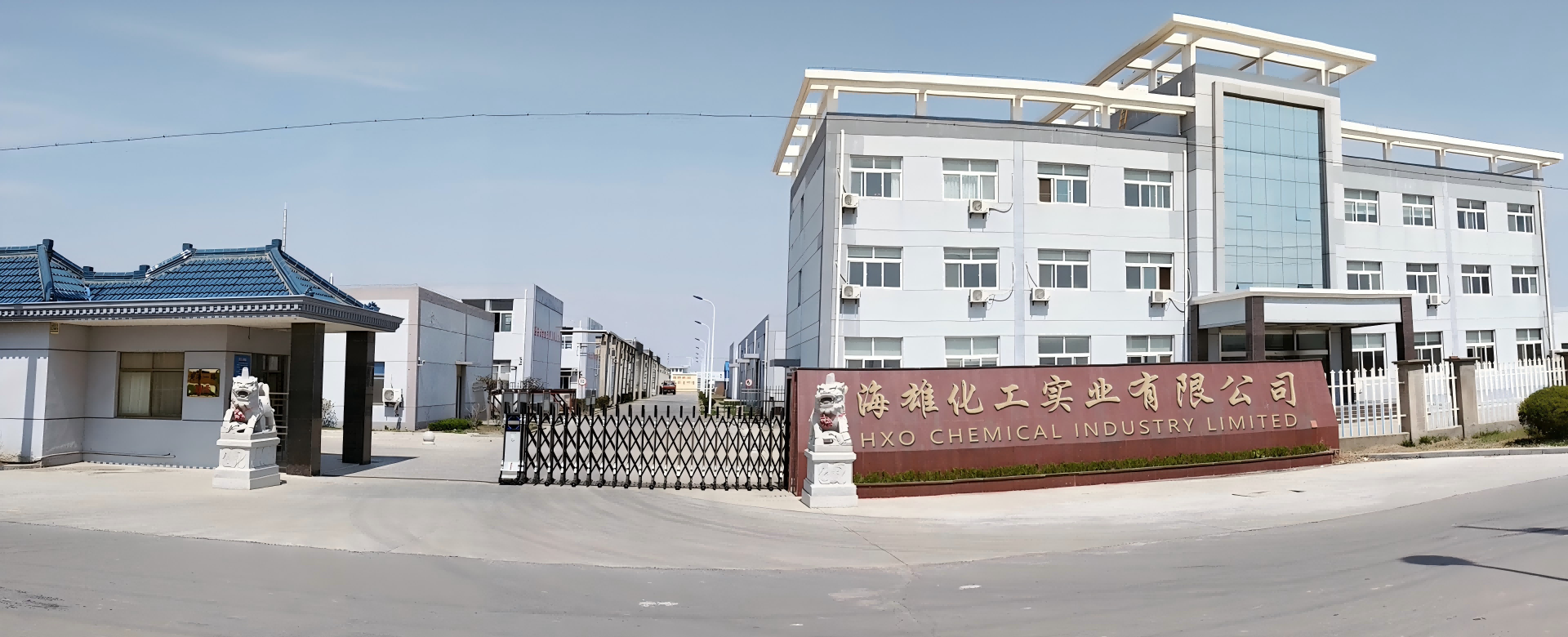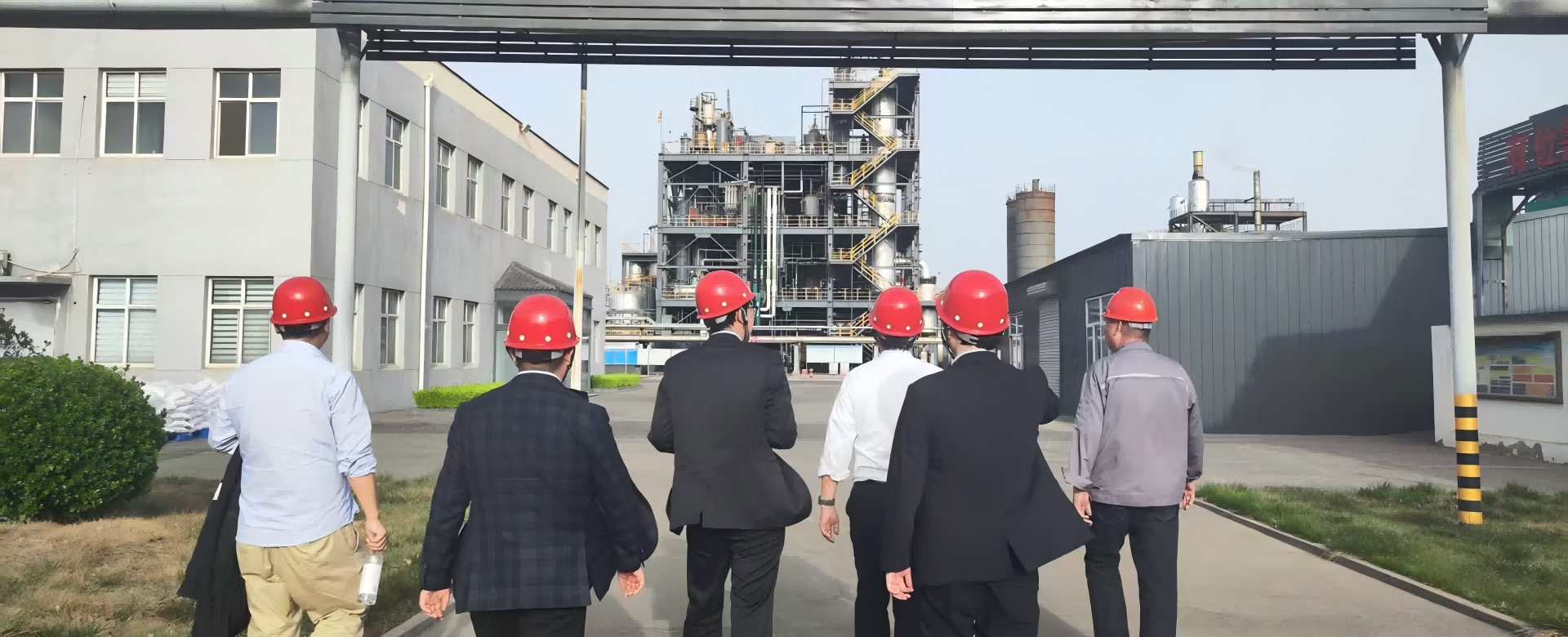Calcium Hypophosphite Application
Calcium hypophosphite (Ca(H2PO2)2) CAS:7789-79-9 is an inorganic compound, primarily produced by the reaction of hypophosphorous acid (H3PO2) with calcium salts. It has various applications in industry and agriculture, mainly based on its chemical properties (reducing ability, phosphorus source provision, etc.). The following are its main uses and principles of action:
1. Flame retardants
-Application:
It is used for flame retardant treatment of plastic, rubber, textile and other materials, especially in polymer materials.
-Principle:
Calcium hypophosphite is decomposed by heat to produce calcium phosphate and phosphine (PH3), which can capture free radicals in the combustion process and interrupt the chain reaction.
-The calcium phosphate produced by decomposition forms a heat-resistant protective layer, which isolates oxygen and heat.
2. Feed additives (phosphorus supplements)
-Application:
As a phosphorus source in animal feed, it promotes bone development and metabolism (the dosage should be strictly controlled to avoid toxicity).
-Principle:
Calcium hypophosphite is slowly released in the animal body as hypophosphite (H2PO2-), which is further metabolized into absorbable phosphorus.
-Compared with phosphate, its solubility and bioavailability are lower, so it needs to be used in combination with other phosphorus sources.
3. Chemical nickel plating reducing agent
-Application:
Used for electroless nickel plating (chemical nickel plating) process to deposit a nickel layer on the metal surface.
-Principle:
Calcium hypophosphite releases the hypophosphite (H2PO2-) in the acidic plating solution, reducing the nickel ion (Ni²⁺) to the metal nickel (Ni), while itself is oxidized to the hypophosphite (H3PO3).
4. Pharmaceutical intermediates
-Application:
It is used to synthesize some phosphorus-containing drugs (such as anti-osteoporosis drugs), but it is rarely used.
-Principle:
-As a carrier of phosphorus to participate in organic synthesis reactions and provide hypophosphite structure.
5. Other uses
-Preservatives: inhibit the growth of mold and bacteria (use their reducing properties to interfere with microbial metabolism).
-Water treatment: removal of heavy metal ions (precipitation of high-valence metal ions by reduction).
Attention
1. Toxicity: Calcium hypophosphite decomposition may produce highly toxic phosphine (PH3), which should be used in a ventilated environment.
2. Stability: avoid contact with strong oxidants to prevent violent reactions.
3. Substitution: Some areas (such as flame retardants) are gradually being replaced by more efficient and environmentally friendly compounds.
For more specific application details (such as formulation or process), it is recommended to consult industry standards in the specific field.
 MCA Flame Retardant|CAS 37640-
MCA Flame Retardant|CAS 37640-
 Flame Retardant Effect of MPP
Flame Retardant Effect of MPP
 The Endothermic Mechanism of P
The Endothermic Mechanism of P
 Manganese hypophosphite|CAS778
Manganese hypophosphite|CAS778


